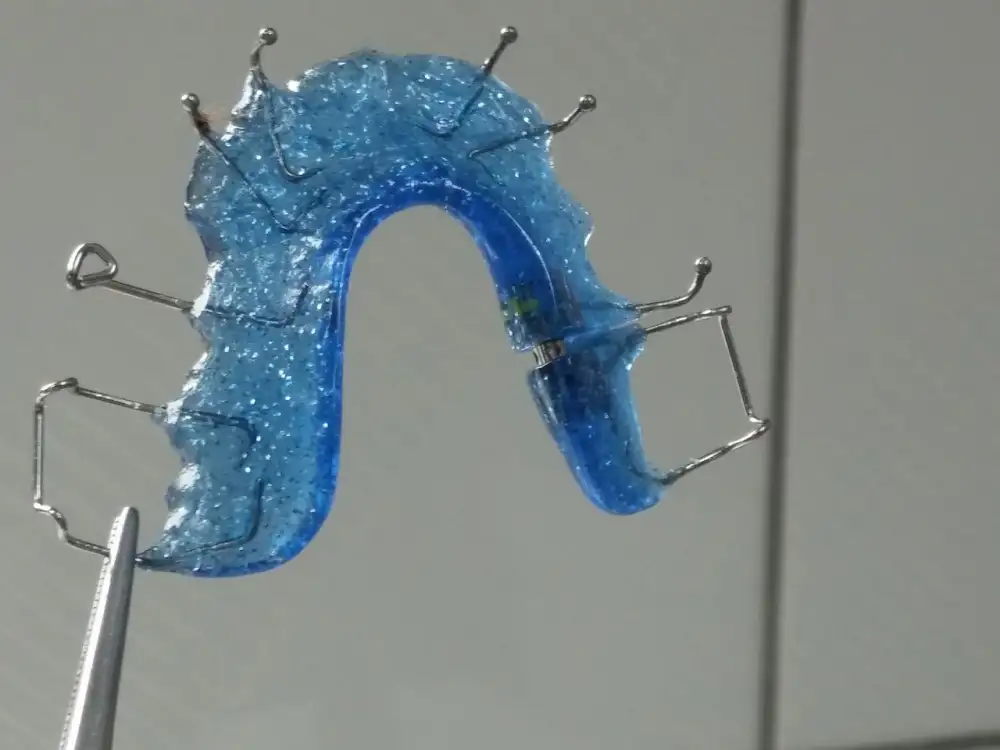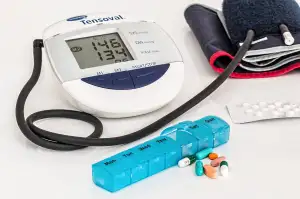Unlocking the Benefits of Doyle Splints: A Comprehensive Guide to Their Role in Healthcare

Doyle splints, also known as dental splints or orthodontic appliances, are devices used in healthcare to stabilize and support various parts of the body. They are commonly used in dentistry to treat temporomandibular joint (TMJ) disorders, jaw fractures, and teeth grinding. Additionally, these splints are utilized in orthopedics to aid in the healing of bone fractures and provide support during rehabilitation. Doyle splints come in different shapes and sizes, tailored to meet specific patient needs for optimal comfort and effectiveness.
Purpose and Functionality of Doyle Splints
Doyle splints are medical devices designed to support and immobilize injured body parts, such as limbs or joints. They serve the purpose of stabilizing fractures, reducing pain, and promoting proper healing by restricting movement. These splints are crucial in preventing further damage to the affected area and facilitating the recovery process. By providing support and protection, Doyle splints help patients regain mobility and functionality while minimizing discomfort during the healing period.
Types of Doyle Splints
1. **Static Doyle Splints**: These splints are designed to immobilize and support a specific body part, such as the wrist or fingers, to aid in healing and prevent further injury.
2. **Dynamic Doyle Splints**: These splints incorporate moving parts that provide controlled motion to joints, promoting flexibility and preventing stiffness during the healing process.
3. **Prefabricated Doyle Splints**: These off-the-shelf splints are available in standard sizes and designs for common injuries, offering immediate support and protection.
4. **Custom-Made Doyle Splints**: Tailored to individual patients, these splints are crafted based on precise measurements and requirements to ensure optimal fit and functionality for unique cases.
How Doyle Splints are Used in Medical Settings
Doyle splints are commonly used in medical settings to provide support and stabilization for various conditions, such as fractures, dislocations, and post-operative care. They are often utilized in orthopedic surgeries to immobilize and protect injured limbs, allowing for proper healing. Additionally, Doyle splints can be customized to fit individual patients' needs, ensuring optimal comfort and functionality during the recovery process. Healthcare professionals rely on these splints to maintain alignment, reduce pain, and promote rehabilitation for patients with musculoskeletal injuries.
Benefits of Using Doyle Splints
Doyle splints offer numerous benefits in healthcare settings. Firstly, they provide excellent support and stability to fractured or injured limbs, aiding in the healing process. Additionally, they help prevent further damage by immobilizing the affected area. Doyle splints are adjustable, allowing for a customized fit for each patient, promoting comfort and compliance with treatment plans. Moreover, their lightweight and breathable design enhance patient comfort during wear. Overall, Doyle splints contribute significantly to the successful rehabilitation of patients with orthopedic injuries.
Potential Risks and Considerations
While Doyle splints offer numerous benefits in healthcare settings, there are some potential risks and considerations to be aware of. Improperly fitted splints can cause discomfort, skin irritation, or pressure sores. Inadequate monitoring of the patient's condition while using the splint may lead to complications such as restricted blood flow or nerve damage. It is crucial for healthcare professionals to regularly assess the fit and condition of the splint to prevent any adverse effects on the patient's well-being.
Maintenance and Care of Doyle Splints
Proper maintenance and care of Doyle splints are essential to ensure their effectiveness and longevity. It is recommended to clean the splints regularly with mild soap and water to remove any dirt or debris. Avoid using harsh chemicals or abrasive materials that could damage the splint's surface.
Additionally, it is important to inspect the splints for any signs of wear and tear, such as cracks or loose components. If any damage is detected, it should be addressed promptly to prevent further issues.
Storing the splints in a cool, dry place when not in use can help prolong their lifespan. Avoid exposing them to excessive heat or direct sunlight, as this can cause warping or deterioration of the material.
Regularly checking the fit of the splint on the patient's body is also crucial for ensuring optimal comfort and support. Any discomfort or pressure points should be addressed by adjusting the splint accordingly.
By following these maintenance guidelines, healthcare providers can maximize the benefits of Doyle splints for their patients while ensuring their safety and comfort throughout treatment.
In conclusion, Doyle splints play a crucial role in healthcare by providing support and stability to patients recovering from various injuries or surgeries. Their versatility and effectiveness make them indispensable tools for healthcare professionals.
Looking ahead, the future of Doyle splints technology is promising. Ongoing research aims to enhance their design for better comfort, durability, and functionality. Advancements in materials and manufacturing processes are being explored to create more customized splints tailored to individual patient needs.
Additionally, the integration of digital technologies such as 3D printing and virtual reality may revolutionize the production and fitting of Doyle splints, leading to improved patient outcomes and overall satisfaction.
As technology continues to evolve, we can expect Doyle splints to become even more efficient and patient-friendly, further solidifying their position as essential devices in modern healthcare practices.
Published: 02. 04. 2024
Category: Health



